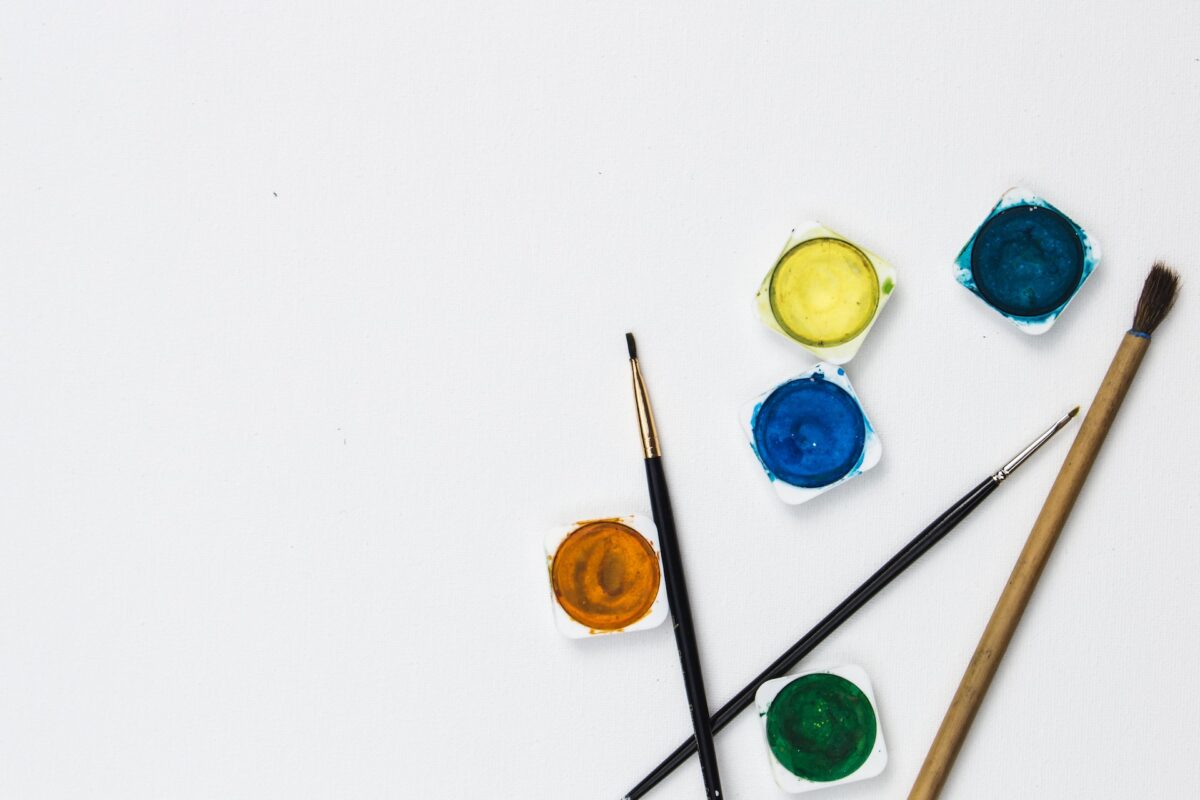Portrait painting is a timeless art form that has captivated artists and enthusiasts for centuries. Creating a realistic portrait that captures a subject’s essence requires skill and a systematic approach. In this guide, we will explore five step-by-step techniques that will help you elevate your portrait painting skills and create stunning, lifelike portraits.
Gathering Your Materials
Before delving into the techniques, gathering the right materials is crucial. High-quality brushes, paints, and a well-prepared canvas or surface are essential for achieving professional results. Invest in brushes of various sizes and shapes to handle different details and textures. Additionally, choose paints that offer a wide range of colors and consistency.
Step 1: Creating a Solid Foundation
The foundation of a portrait is its underlying structure, which determines the accuracy of proportions. Begin by sketching the initial outline of your subject. Pay close attention to facial proportions, as even minor errors can affect the likeness of your subject. One useful technique is the grid method, which can help you achieve precise proportions and placement.
Step 2: Understanding and Capturing Light
Light and shadow play a pivotal role in creating realistic portraits. Start by identifying the primary light source in your reference photo or scene. Then, meticulously study how light interacts with your subject’s features. Begin painting the highlights and shadows, ensuring they align with the light source. This step is crucial for adding depth and dimension to your portrait.
Step 3: Skin Tones and Texture
Achieving realistic skin tones is often a challenge for portrait artists. Mix your paints carefully to match the subject’s skin tone accurately. Layer your paints to build depth and texture gradually. To create a lifelike skin texture, employ techniques like stippling, cross-hatching, or blending with a soft brush. This attention to detail will make your subject come to life.
Step 4: Focusing on Details
The eyes, nose, and mouth are the focal points of any portrait. Pay meticulous attention to these features, as even minor inaccuracies can affect the likeness of your subject. Capture the intricacies of the eyes, such as reflections and eyelashes. Render the nose and lips with precision, emphasizing their unique characteristics. If applicable, remember to include fine lines, wrinkles, and facial hair.
Step 5: Adding Depth and Background
To enhance your portrait, create a realistic background that complements your subject. Consider incorporating elements that tell a story or set a mood. Blurring the background slightly can emphasize the subject and provide depth to the painting. This step adds a professional touch to your work, making it more visually appealing.
Final Touches and Tips
As you near completion, add final highlights and shadows to refine your portrait further. Take the time to fine-tune details and make any necessary adjustments. Protect your finished artwork with an appropriate varnish or fixative. Remember, portrait painting is a skill that develops with practice, so continue honing your abilities and seeking resources for improvement.
In Summary
Mastering realistic portrait painting is a rewarding journey that requires dedication and practice. By following these five step-by-step techniques, you can elevate your skills and create captivating portraits that capture the true essence of your subjects. Whether you’re a novice or an experienced artist, painting lifelike portraits is a continually evolving and enriching experience. Embrace the challenge, and watch your portrait painting skills soar to new heights. Happy painting!
